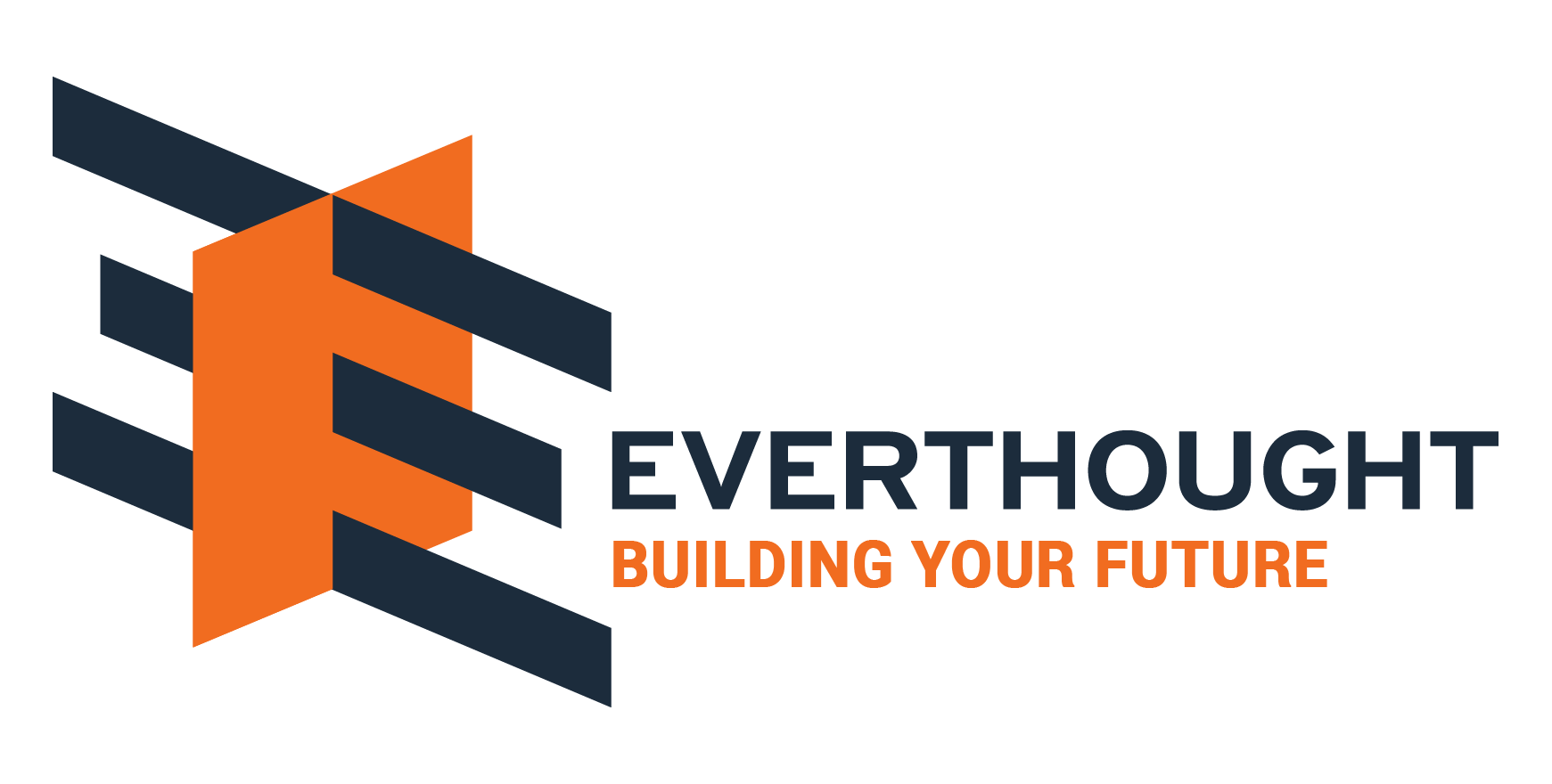Building Information Modeling (BIM) has become a revolutionary technology in the construction industry, transforming the way buildings are designed and constructed. In Australia, BIM is quickly gaining popularity and is expected to become the new standard for building projects in the coming years. This article will explore the role of BIM in the Australian construction industry, its advantages and disadvantages, and how it can be used to streamline building processes and improve the quality of construction projects.
What is Building Information Modeling?
Building Information Modeling (BIM) is an advanced 3D modeling process that enables the entire team of designers, engineers, and contractors to collaborate on a project in real-time. It helps to create a digital model of a building or structure with accurate information about each element. The BIM model can also be used to simulate various scenarios and make design changes in a virtual environment before the actual construction takes place.
What Are the Benefits of BIM in Australia’s Construction Industry?
- Improved Project Efficiency: BIM allows all the stakeholders involved in a project to collaborate efficiently by sharing information in real-time. This ensures that everyone is on the same page and that any changes or updates are quickly communicated. This significantly reduces delays and errors in the project, resulting in improved efficiency.
- Reduced Costs: BIM eliminates the need for manual calculations and drawings, which can take up time and resources. By using BIM, designers and engineers can quickly simulate various scenarios and make changes in the virtual environment before construction begins, reducing the need for costly rework.
- Enhanced Safety: BIM is a great tool for improving safety on construction sites. It allows contractors to detect potential risks and problems before they occur, ensuring that the construction process is safe and efficient.
- Better Quality: With BIM, designers and contractors can create detailed models of a building or structure with accurate information about each element. This ensures that the final product is of the highest quality.
What Are the Challenges of Using BIM in Australia?
Despite the many advantages that BIM offers, there are still some challenges that must be addressed before it can be fully adopted in the Australian construction industry.
- High Cost of Implementation: Implementing BIM requires a significant investment in terms of software, hardware, and training. This makes it difficult for small and medium-sized companies to adopt the technology.
- Lack of Skilled Professionals: Many contractors in Australia lack the necessary skills and knowledge to use BIM effectively. This can lead to errors and mistakes in the project, which can be costly and time-consuming to fix.
- Data Security Issues: As BIM relies heavily on data sharing and collaboration, there is always the risk of data breaches or malicious attacks. To ensure the security of data, it is important to implement appropriate security measures.
Conclusion
Building Information Modeling (BIM) has the potential to revolutionize the Australian construction industry. It can improve project efficiency, reduce costs, enhance safety, and ensure better quality results. However, there are still some challenges that must be addressed before it can be fully adopted in the industry.












